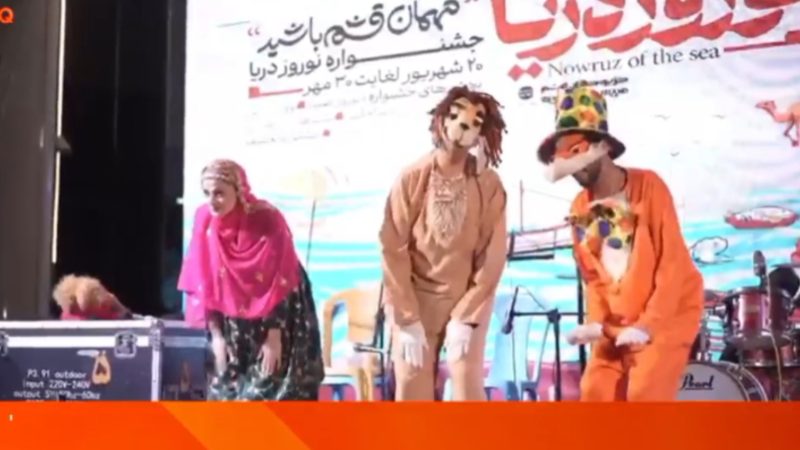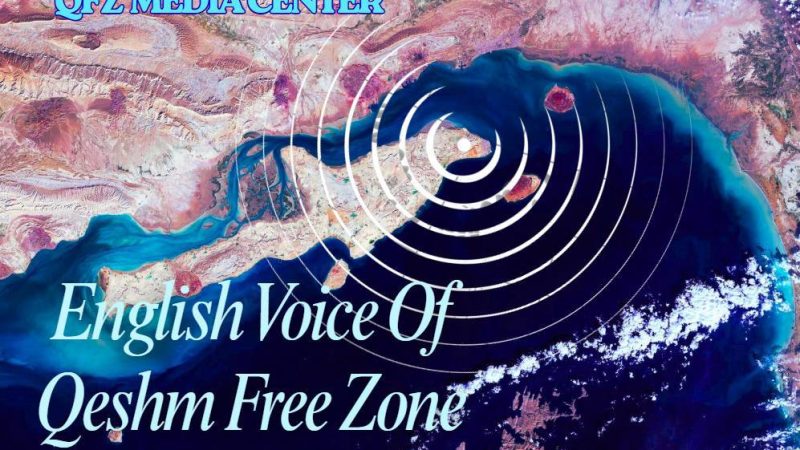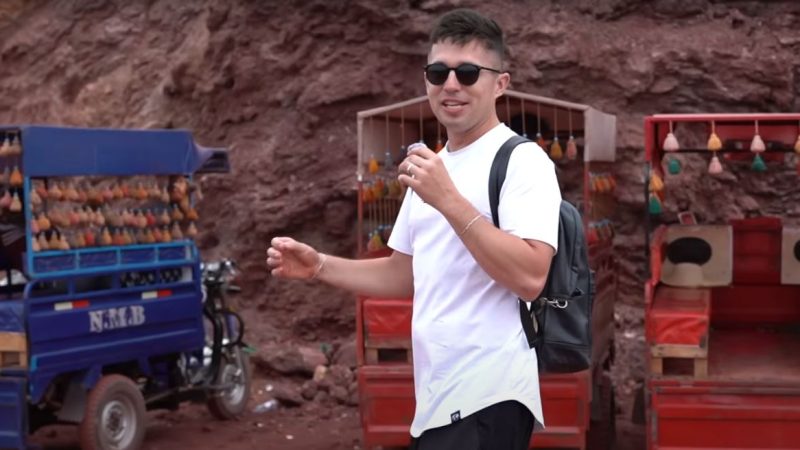Traditional Clothing and Textile Patterns of Qeshm: A Cultural Treasure of the Persian Gulf

Located in the heart of the Persian Gulf, Qeshm Island is not only renowned for its breathtaking natural wonders and ecological diversity but also for its rich and vibrant cultural heritage. Among its many traditional aspects, the clothing and textile patterns of Qeshm stand out as a vivid reflection of the island’s identity, history, and community values.
This article explores the unique characteristics of traditional attire in Qeshm, the symbolism behind local textile designs, and how these traditions have been preserved over generations. It also serves as a guide for cultural tourists and researchers interested in traditional Iranian islands and the ethnic textiles of the Persian Gulf region.
The Role of Traditional Clothing in Qeshm’s Culture
In Qeshm Island, traditional clothing is more than just attire—it is a representation of cultural values, religious beliefs, environmental adaptation, and community pride. The locals have preserved distinctive clothing styles that suit the hot and humid coastal climate while maintaining modesty and elegance.
Women’s Traditional Dress
Women in Qeshm wear colorful and elaborately embroidered garments that reflect their tribal identity and family heritage.
Boshieh (Burqa-like Face Mask): A key feature of Qeshm’s women’s attire is the boshieh—a traditional face covering often made of velvet or leather, shaped in unique styles and dyed in bold colors such as gold, red, or black. Each design indicates tribal or regional affiliation.
Long Tunics and Trousers: The dress usually consists of long, flowy tunics (known as kandurah or jalabiya) paired with loose trousers. These garments are often hand-embroidered with floral or geometric patterns typical to Qeshm Island’s textile art.
Headscarves (Chador Shab): Women also wear patterned headscarves, often made of light, breathable cotton or silk, featuring textile motifs inspired by nature, such as palm leaves, stars, and sea waves—symbolizing the island’s geography and seafaring history.
Men’s Traditional Dress
Men’s attire in Qeshm is typically simpler but still rooted in tradition.
Long White Shirts (Dishdasha or Kandura): Made from breathable cotton, these garments suit the island’s hot climate.
Headwear: Men often wear turbans or scarves wrapped around the head, serving both practical and aesthetic purposes.
Unique Textile Patterns of Qeshm Island
The textile patterns of Qeshm Island in the Persian Gulf are known for their artistic depth and cultural symbolism. The designs are traditionally hand-printed or embroidered and are passed down from generation to generation.
1. Geometric Patterns
Local artisans use geometric patterns such as diamonds, zigzags, and interlocking lines that often represent unity, protection, and connection with nature. These patterns are typically found on borders of garments or headscarves.
2. Nature-Inspired Motifs
Due to the island’s proximity to the sea, many designs incorporate marine elements—fish, shells, waves—as well as land-based symbols like date palms, stars, and birds, reflecting the islanders’ deep connection to the natural world.
3. Color Symbolism
Colors in Qeshm’s traditional clothing carry specific meanings:
Red and Orange: Symbols of life and energy
Blue and Turquoise: Represent the sea and spirituality
Black and Gold: Often used in formal or ceremonial wear
Materials and Techniques
Textile production in Qeshm involves various traditional techniques that continue to be practiced, particularly in rural villages and among elderly artisans.
Block Printing (Ghalamkar): Involves stamping fabric with carved wooden blocks dipped in natural dyes.
Hand Embroidery: Local women use silk or cotton threads to create detailed embroidery on sleeves, collars, and hems.
Natural Dyes: Derived from pomegranate skins, indigo, henna, and other regional plants.
These techniques are often taught in craft centers across Qeshm and are promoted as part of cultural tourism in Qeshm Island.
Preservation and Cultural Significance
Despite modern influences, Qeshm’s traditional clothing and textile arts remain central to weddings, religious events, and festivals. Government and cultural organizations have supported efforts to protect and promote this heritage by:
Establishing local museums and exhibitions
Hosting textile and craft fairs
Offering workshops for younger generations
Encouraging tourism focused on cultural heritage
These efforts not only preserve Qeshm’s unique traditions but also contribute to the local economy and sustainable tourism in the Persian Gulf region.
Where to See and Buy Traditional Textiles in Qeshm
Visitors to Qeshm can explore local markets and artisan centers to experience and purchase these beautiful textile products.
Qeshm Traditional Bazaar – Located in the city center, this is a great place to buy authentic hand-made clothing and fabrics.
Hengam Island Craft Shops – A short boat ride from Qeshm, Hengam Island offers unique handmade products by local women.
Laft Village Artisans – Known for preserving traditional textile weaving techniques and selling one-of-a-kind embroidered garments.
The traditional clothing and textile patterns of Qeshm Island are not only a window into the island’s rich cultural identity but also a living tradition that continues to thrive in the modern age. As tourism to Qeshm in the Persian Gulf grows, there is renewed interest in these beautiful, meaningful garments and the stories they tell.
By supporting local artisans and learning about Qeshm’s textile heritage, travelers and researchers alike can contribute to the island’s cultural preservation and sustainable development.



















بدون Comment